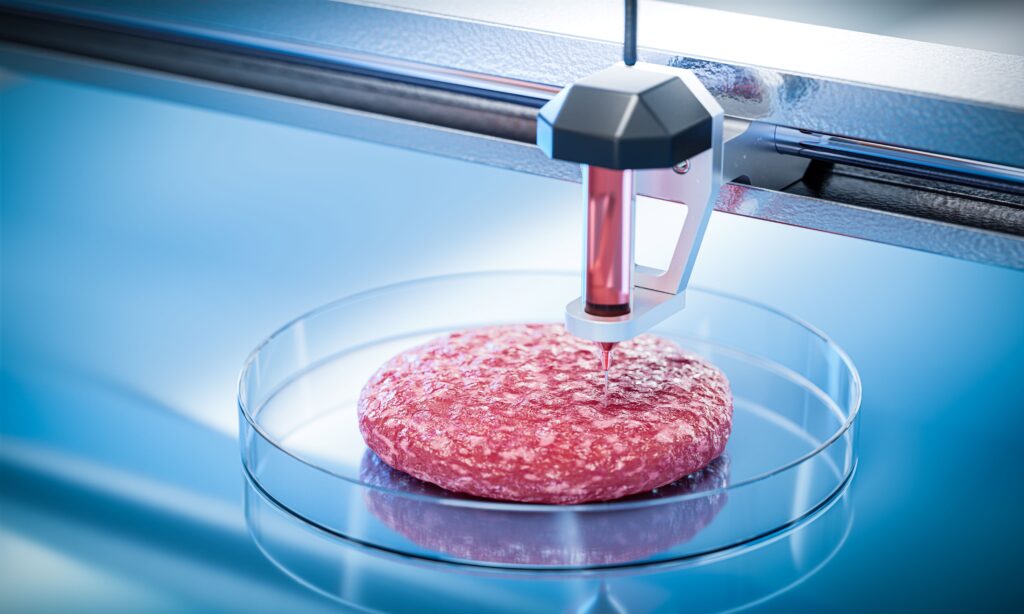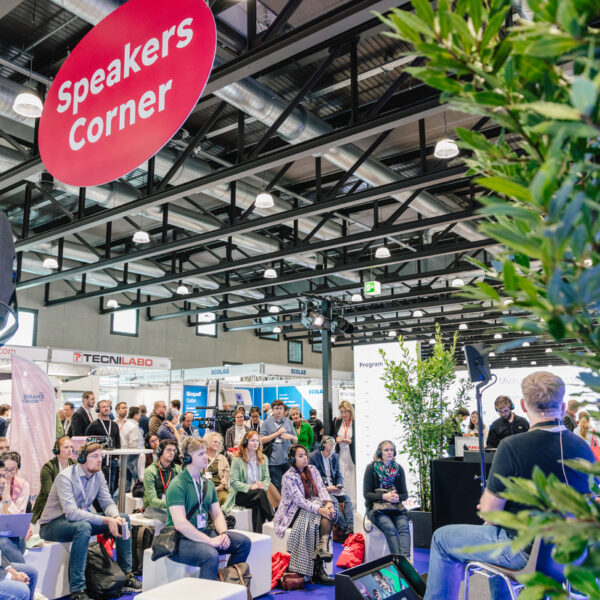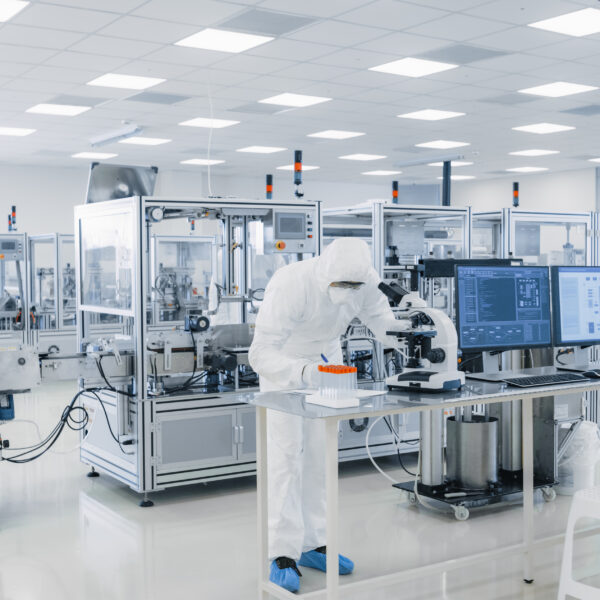Alternative proteins are driving the food sector

Current social developments in the food sector have a direct impact on food chemistry processes. An example of this is the trend toward alternative proteins.
Bühler AG recently opened its new protein application centre in Uzwil, demonstrating the importance that may be attached to these products in future. The food process specialist intends to promote the development of processes for the production of plant-based foods, including meat and fish substitutes.

Plant- based foods fit into climate-friendly and environmentally-friendly political strategies, into the current demands of many consumers, and can contribute to feeding the eight billion plus X people on earth. These processes will be based on plant sources (legumes, cereals, soy, pulses or oil seeds), animal sources (insects or cell cultures), and other protein sources (micro and macro algae, fungi, bacteria and yeasts).
Key elements of the processing procedures include wet solubilisation and fragmentation techniques to separate proteins. This specifically requires extruders and high-performance cooling nozzles. Together, they can produce 1,000 kilograms of wet extruded “alternative proteins” per hour.
A prerequisite for the smooth running of machine processes is automation solutions with central monitoring and control as well as an overview of production in real time – in short: adequate process analytics (PAT). In this area, near-infrared spectroscopy is proving to be the method of choice,
since all that one needs for this is a suitable window through which the NIR system can “see” into the ongoing process, or fibre optic coupling. Ideally, the process analyst uses modular systems and also has the option of switching from NIR to MIR (mid infrared) or to visible light, or even to UV fluorescence (e.g., aflatoxin/mycotoxin detection).

It goes without saying that NIR measurements are also part of the typical quality assurance measures in the laboratory, for example during incoming and outgoing goods inspections. In future, it may be possible to carry out these measurements more frequently with portable analysers. These devices can now easily cover large wavelength ranges (e.g., 1100 to 2500 nanometres) and achieve high signal-to-noise ratios – not least thanks to advanced Fourier transform algorithms (FTIR).
This development continues right through to the hand-held analysers used by consumers. In the mid-term, consumers should be able to determine important food parameters at the point of sale (PoS) at Migros using one’s smartphone. This would only cost a few francs more (estimated at under CHF 10).
The Ilmac industry event in Lausanne gives visitors clear insights into these and other areas of food chemistry and technology. Over the two-day event, exhibitors and startups will present processes, PAT and laboratory analytics, and provide an outlook on rapid processes through to PoS analytics for consumers. Visitors can explore these topics in even greater depth at the science-driven Ilmac Conference with many specialist lectures. The schedule will be available from April on Ilmac 365.





